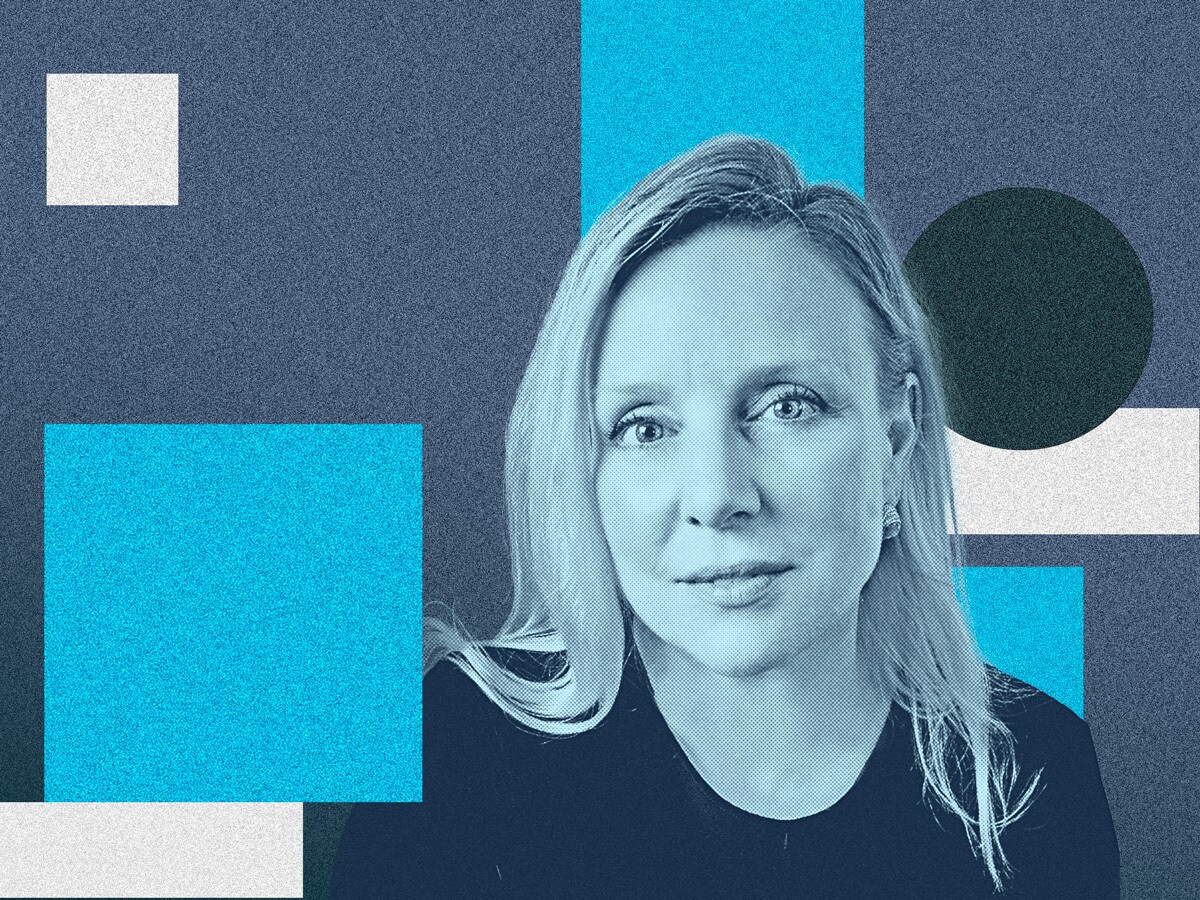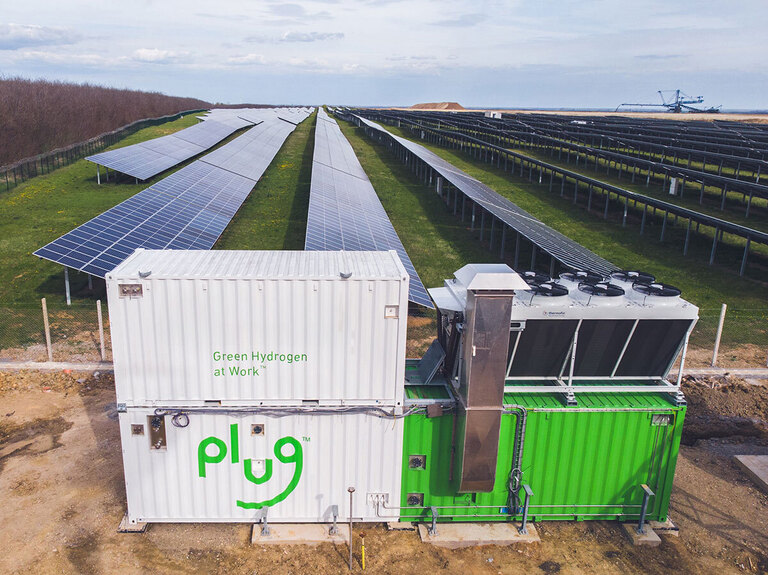Kathryn McDonald, co-founder and head of investments and sustainability at Radiant ESG, sits down with Opto to discuss the trends shaping the clean energy investment theme. From the carbon transition to green energy innovation, she discusses the biggest headwinds and tailwinds shaping the industry and provides an outlook for the markets.
As the wider world makes some overdue changes, it’s clear that environmental, social and governance (ESG) funds and green energy can make a profit. Kathryn McDonald, head of investments and sustainability at Radiant ESG, was always sure of this.
The investment firm was co-founded by McDonald and Heidi Khashabi Ridley in June 2020 to advocate for diversity and inclusion alongside broader ESG issues. It’s an area that’s never been riper for potential — or more exciting — than in 2022.
Prior to Radiant, McDonald was head of sustainable investing at Rosenberg Equities, the quant arm of AXA Investment Managers. There, she oversaw the integration of ESG information into the firm’s strategy.
In this interview, Opto gets her views on some of the key clean energy trends amid the market downturn including climate change, green energy innovation and the carbon transition.
When it comes to the carbon transition, what should ESG investors know?
“I’d like to move the conversation beyond a black-and-white view of the oil majors’ activities as simply good or bad. Some are acquiring their way into clean energy. Others want to talk about their own technology. We’re much more supportive of [this] than the parallel track of ‘I’m going to sell-off my dirty assets to appeal to a certain set of investors.
Simply selling off polluting assets does nothing to take carbon emissions out of the environment. It often puts them into the hands of private equity investors, who are out of the limelight of public scrutiny. It’s easy to be dismissive, but as investors, we need to be supportive of oil majors when and if we see evidence of meaningful transformations in their businesses.”
What are the biggest headwinds and tailwinds facing the clean energy theme?
“The most obvious [headwind] is the war in Ukraine. This has put the whole energy market into a tailspin. It would be easy to say, ‘let’s abandon the green energy transition and go back to drilling in Alaska’. Clean energy then gets dismissed as a nice-to-have as opposed to ‘we desperately need to do this right now’. We would say now is the time we need to double or triple our commitment to green energy independence.
[At the same time] there are strong forces pushing us towards a greener energy horizon. The first is public sentiment. There is a groundswell of support in many quarters for transitioning ourselves off a fossil fuel-based energy system, though admittedly there is this immediate horizon challenge: ‘We should do that eventually, but I need cheap gas in my car right now.’
The other big positive is the falling prices of green and clean energy, including a massive decrease in the price of solar and wind. New technologies are coming online that make [prices] attractive relative to what are now significantly higher prices for oil and gas.”
Which trends are you watching within the ESG space?
“Green cement is a pet love of mine. Cement takes a lot of energy to produce, so switching to a clean energy source like green hydrogen brings emissions down considerably. Cement’s physical characteristics also mean we can capture carbon from the process back into the cement itself. The quality of green cement is also higher than old-style cement. It’s similar with green steel — steel is very energy-intensive and requires very high temperatures.
Green hydrogen is also well advanced and very exciting. Hydrogen is a fuel that does not create greenhouse gasses when burned, but making it requires energy. The idea of using electrolysers has been known for some time, but the ability to do it at scale using renewable energy has progressed massively over the last couple of years.”
Which equity sectors are Radiant ESG most under/overweight in?
“We are public equity investors only and our first portfolio is US Small Cap. At this moment, we are overweight in healthcare and real estate, and underweight in consumer discretionary and energy, although this part of the cap spectrum is not a significant part of the market where we invest. This model is holding up very well for us right now in alpha space. US small stocks have lost over 20% year-to-date, so we can’t be too happy about the total return.
The question is ‘what happens if we go into a more protracted recessionary environment?’ The good news for us is we are very much anchored on earnings quality — it’s our backbone — something that tends to hold up well in environments in which investors are looking for certainty.”
What’s your outlook for the ESG industry amid the market downturn?
“I won’t try to call the bottom as I don’t think we are quite near that yet. We’ve already seen a steep selloff in equities and inflation numbers look terrible, with interest rate hikes by the US Fed. We think it is important not to conflate the experience of stock markets with the experience of the real economy. These are very different things, albeit ultimately related.
We can talk about what’s good for the stock market, but it may be only tangentially good for the real economy. As with past sell offs and economic crises, we will get through this. The silver lining of the very rough year-to-date is that it is a swift reminder that ESG should not be a simple box ticking exercise. [It also highlights] that a transition to a cleaner, greener energy grid will require a much more concerted effort when it comes to the ‘people’ part of the equation.”
Disclaimer Past performance is not a reliable indicator of future results.
CMC Markets is an execution-only service provider. The material (whether or not it states any opinions) is for general information purposes only, and does not take into account your personal circumstances or objectives. Nothing in this material is (or should be considered to be) financial, investment or other advice on which reliance should be placed. No opinion given in the material constitutes a recommendation by CMC Markets or the author that any particular investment, security, transaction or investment strategy is suitable for any specific person.
The material has not been prepared in accordance with legal requirements designed to promote the independence of investment research. Although we are not specifically prevented from dealing before providing this material, we do not seek to take advantage of the material prior to its dissemination.
CMC Markets does not endorse or offer opinion on the trading strategies used by the author. Their trading strategies do not guarantee any return and CMC Markets shall not be held responsible for any loss that you may incur, either directly or indirectly, arising from any investment based on any information contained herein.
*Tax treatment depends on individual circumstances and can change or may differ in a jurisdiction other than the UK.
Continue reading for FREE
- Includes free newsletter updates, unsubscribe anytime. Privacy policy





